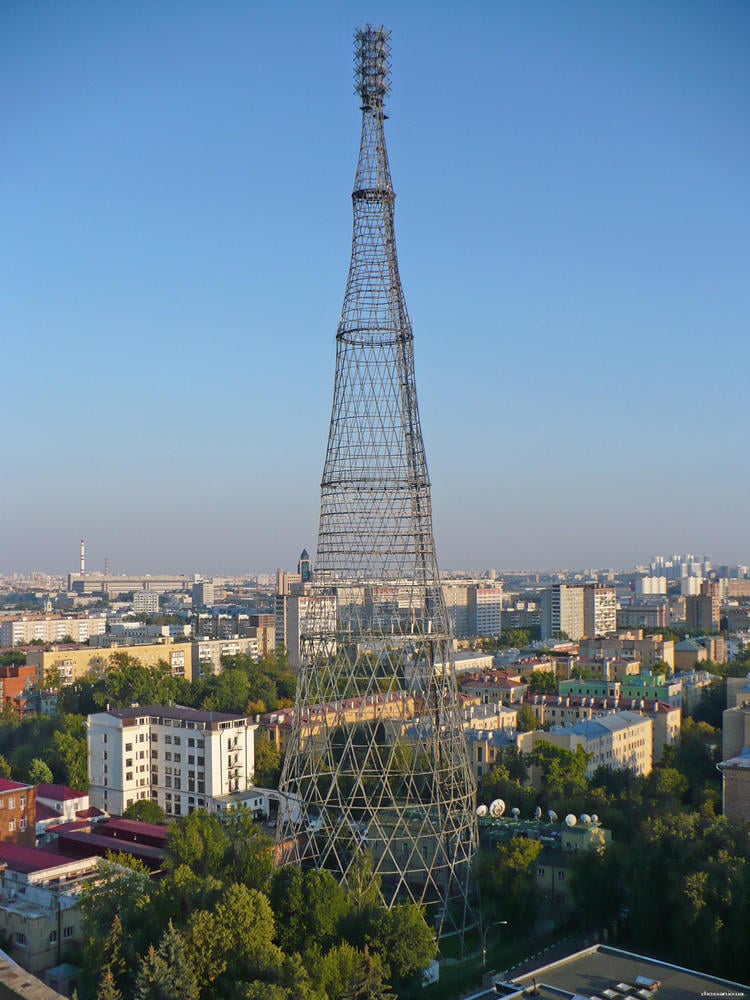Art World
Can the World Monuments Fund Save Moscow’s Iconic Shukhov Tower?
It is threatened by development, as well as corrosion.

Photo: via World Monuments Fund.
It is threatened by development, as well as corrosion.

Brian Boucher


Shukhov Tower.
Photo: via World Monuments Fund.
The Shukhov Tower, once a radio broadcast facility and initially meant to soar to twice the height of the Eiffel Tower, has earned a spot on the World Monuments Fund (WMF)’s 2016 Watch List. Activists have been rallying to save the nearly 100-year-old landmark from the encroachments of real estate development. Corrosion threatens the structure’s integrity.
Other sites named to the list include the National Art Schools, in Havana, Cuba, the modernist architecture of Tokyo’s Tsukiji district, and the Church of São Cristóvão, in Lisbon.
Named for its designer, Vladimir Shukhov (1853-1939), the steel tower stands over 500 feet tall, less than half the original planned height; a steel shortage during the Russian Civil War halted its rise. Commissioned by Vladimir Lenin, the tower’s structure involves six stacked hyperboloids. From this tower came the first radio and television signals broadcast in Soviet Russia, and the signals continued until 2002, according to the WMF.

Shukhov Tower.
Photo: via World Monuments Fund.
The city issued a conservation order in 2014, according to Art in America, which reports that the monument’s design has inspired architects including Pritzker Prize winner Norman Foster—specifically his 30 St Mary Axe “Gherkin” Tower in London. After real estate agents studied the possibility of disassembling and moving the structure, international architects, including Tadao Ando, Elizabeth Diller, and Rem Koolhaas, petitioned Russian President Vladimir Putin to protect it.